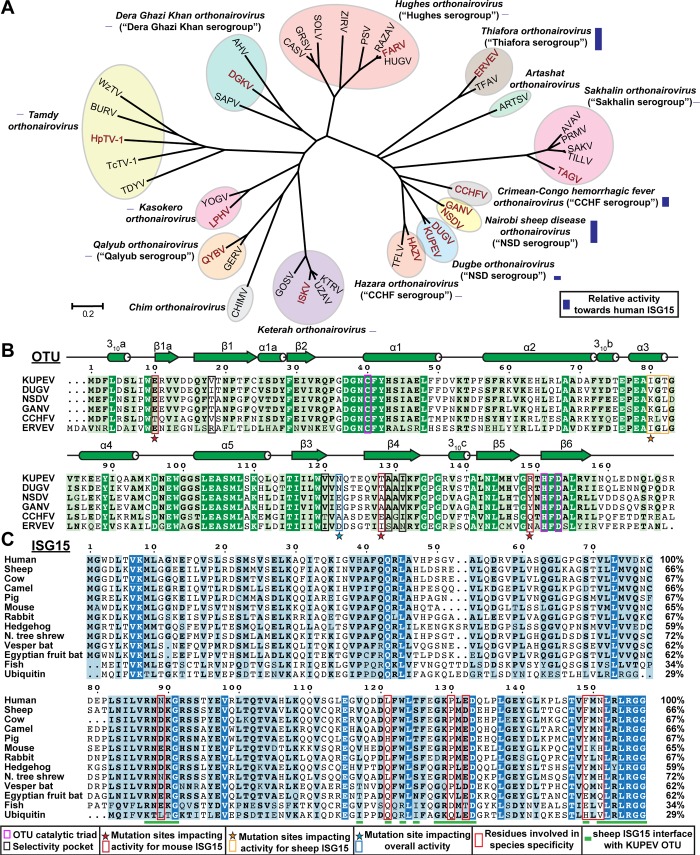Fig 1. Sequence alignment of OTUs and ISG15.
(A) Phylogenetic tree of Nairoviruses based on the OTU sequence, adapted from Dzimianski et al. 2019 [41]. Viruses belonging to the same species are shown by colored ovals, with serogroup classifications noted where applicable. Viruses included in this study are indicated with red text. The relative human deISGylase activity of representative OTUs within 12 of the species is shown by a purple bar based on previous studies. (B) Sequence alignment of the OTUs from KUPEV, DUGV, GANV, NSDV, CCHFV, and ERVEV. A generic secondary structure of the nairovirus OTUs is shown. Residue numbering is based on the KUPEV OTU. Residues forming the catalytic triad are boxed in magenta, while those forming the “selectivity pocket” previously identified as important for interaction with Ub are boxed in black. Mutation sites targeted to influence overall activity is indicated by a blue star/box, sites to influence sheep ISG15 activity with an orange star/orange box, and sites to influence mouse ISG15 activity with a red star/box. An expanded sequence alignment with the remaining OTUs is included in the S1 Fig. (C) Alignment of ISG15s from the indicated species with human Ub for comparison. The residue numbering is based on human ISG15. The residues in ISG15 forming the binding interface with KUPEV OTU are indicated by green bars. The seven residues focused on in this study related to differential interactions with OTUs are boxed in red. Sequence alignments were generated using CLUSTALW followed by visual inspection and adjustment [68, 69]. Initial graphics for the sequence alignments were created using the ESPript server [70].

